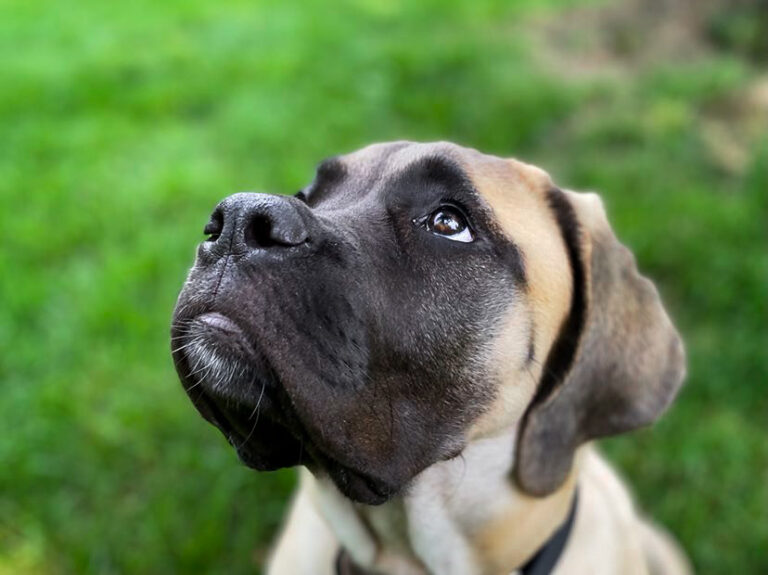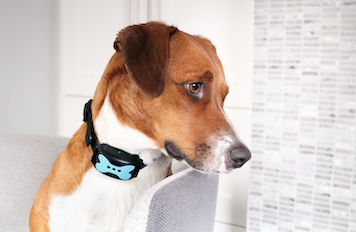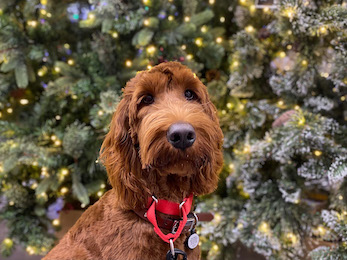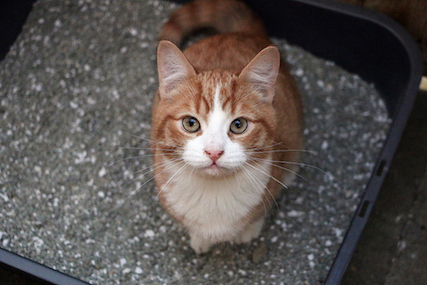As a Certified Applied Animal Behaviorist, even mild resource guarding and touch sensitivity in puppies are concerning to me. These aggressive behaviors as well as other fear-related behaviors do not improve with age. Instead, they worsen with maturity and in severe cases, could lead to a bite towards a family member. Environmental impact, such as how you or your family reacts to your puppy’s behavior, could be even more critical than maturity.
Resource Guarding Progression in Puppies
Puppies resource guard to keep highly-valued items, which involves making the person approaching move away to eliminate the threat of losing the items. Pet parents unknowingly end up in a situation that becomes a double-edged sword. Without proper intervention addressing resource guarding, they are caught between reinforcing the behavior or taking the chance of making it much worse.
Mild resource guarding can either be reinforced, ignored, or punished.
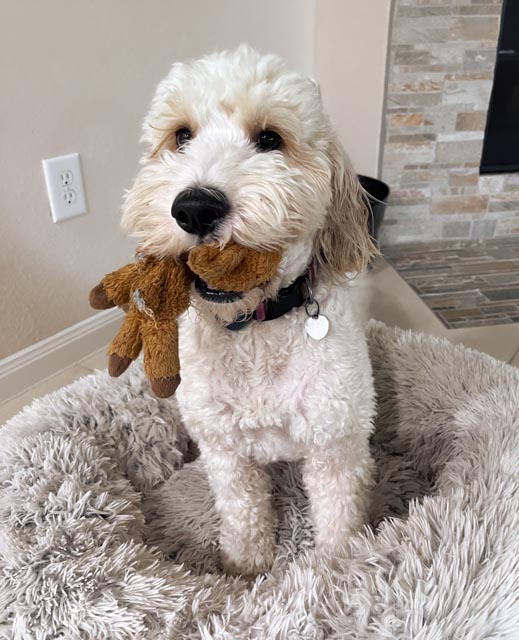
Reinforcing the behavior —probably the best option—strengthens the likelihood that guarding will happen in the future. Not ideal, but the best of the unfortunate options that naturally occur. If you are reinforcing low-level resource guarding, you will keep the behavior at its current intensity. Puppies will learn that precursors to more severe resource guarding are sufficient in maintaining possession of the item they are guarding. These precursor behaviors might include hovering over an item, eating more quickly, or letting out a low growl. While these behaviors are not ideal, they are less dangerous than the alternatives.
Suppose the low-level resource-guarding behaviors are put on extinction or punished. This will cause the behavior to escalate. Extinction (the disappearance of a behavior through lack of reinforcement) involves a handler ignoring the puppy’s early signals and moving toward the resource, attempting to remove the item from the puppy or the puppy from the item despite the puppy’s behavior. The puppy’s low-level behaviors are no longer reinforced, and more severe behaviors are unintentionally taught. The more serious behaviors, such as a lunge or bite, almost always get the handler’s attention, getting them to stop in their tracks. Ultimately those behaviors are reinforced by stopping or moving away from the item or puppy.
Punishing low-level resource guarding eliminates those behaviors, but the motivation to keep the item and get the handler to go away remains and often grows. Thus, resulting in what feels like an “out of nowhere” bite.
As a pet parent, there are several things you can do if you notice early signs of resource guarding in your puppy that is not reinforcing, ignoring, or punishing the behavior such as exchanges with resources, managing your puppy’s behavior around other pets, and halting hand-feeding to name a few. However, the best thing you can do for your puppy to eliminate the risk of severe resource guarding from developing is to contact a local professional to examine and treat the behavior.
Touch Sensitivity Progression in Puppies
Touch sensitivity is very similar to resource guarding in terms of the behavior’s progression. As puppies age, they become more sensitive to being touched. Just like with resource guarding, the environment can’t help but make matters worse.
Puppies who are touch-sensitive show signs of fear-related behaviors or aggression when handled. A touch-sensitive puppy may subtly shy away from petting, give a whale eye (a display of the whites of a dog’s eye commonly associated with stress) when touched, or become agitated when handled. More severe behavior might include a nip when the leash is attached or a puncture when vaccinated or groomed.
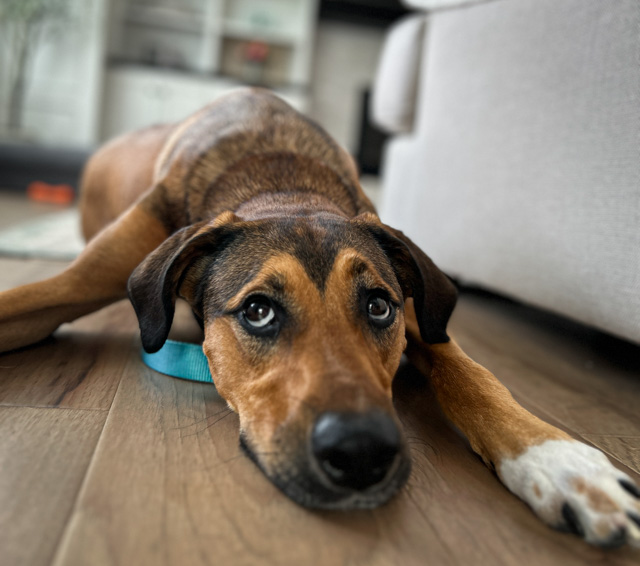
Pet parents again find themselves in a challenging situation. If those low-level, aggressive behaviors are reinforced, they will persist – the better option given the alternatives of extinction or punishment. If the behavior is put on extinction or punished, pet parents risk the behavior becoming seemingly random yet severe as the puppy’s fear of being touched remains.
As a young puppy matures and the environment runs its course, resource guarding and touch sensitivity become more apparent and often dangerous for everyone involved. Although this might feel like a grim outlook, both behaviors are treatable with proper intervention. Recognizing early signs of resource guarding and touch sensitivity is the first step in treatment and with early intervention, puppies can recover, and pet parents no longer find themselves in a challenging position. If you have an adult dog that shows signs of resource guarding, there’s still hope for you too as resource guarding in adult dogs can be treated as well.
At Beyond the Dog, we treat resource guarding and touch sensitivity with a combination of classical conditioning and positive reinforcement, including teaching specific obedience behaviors. If you live in Austin, Dallas, Houston, or Kansas City, start your training journey with us today and we’ll send one of our trainers out to your home to create an individualized training program to address any puppy behavior concerns you might have!
